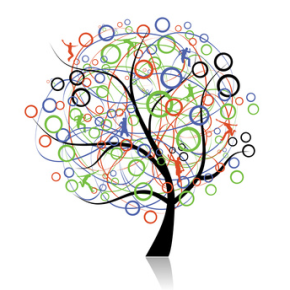 A firm’s ordinary capabilities are the ones that enable us to perform efficiently and effectively, those essential routines and practices that often require having a high level of technical need supporting these activities.
A firm’s ordinary capabilities are the ones that enable us to perform efficiently and effectively, those essential routines and practices that often require having a high level of technical need supporting these activities.
In contrast, dynamic capabilities are those higher-level competencies that determine a firm’s ability to integrate, build, and reconfigure both the resources and skills to possibly shape, they have the power to transform, and then be deployed to meet rapidly changing business environments, to take advantage of these changing conditions. We need to seek out the dynamic ones and nurture these as they give us the real ability to grow and build our new capacity.
Recognizing the importance of Dynamic Capabilities
Dynamic capabilities are about selecting the right things to do and getting them done, while ordinary skills are about doing something right. The former implicates dynamic efficiency, the latter static efficiency.
Dynamic capabilities require an organizational form that leverages the knowledge and capabilities of managers throughout the organization. In business firms with strong dynamic capabilities, the critical tasks of managers, especially those in the top management team, are entrepreneurial. It’s not just a planning role; it’s also strategic. It involves planning along with engagement and enactment; it encourages agility.
Appreciating and leveraging those ordinary capabilities is equally essential
The stronger these regular capabilities can be ‘honed’, then organizations can go beyond performing essential business functions well and can excel in these. While most capabilities, including some dynamic capabilities, are underpinned by organizational routines, many of the activities of top managers are non-routine by nature.
The key entrepreneurial capabilities needed for asset orchestration and realignment of the enterprise often reside in the skills and knowledge of top managers, managing the routines and assets and respond dynamically when changes are happening to adapt and respond
Ordinary capabilities involve operations, administration, and managing governance. They are rooted more firmly in routines than are dynamic capabilities. A method is a repeated action sequence, which may have its roots in algorithms and heuristics about how the enterprise is to get things done. Organizational routines transcend the individuals involved.
Finding the right complementary blend of capabilities is a real challenge to achieve
The capabilities perspective views the enterprise as clusters of complementary assets that must be combined and coordinated to create value. The utilization of such assets, therefore, requires managerial action. Managers in the dynamic capabilities framework perform that role. They orchestrate and call into being, the assets that are vital to firm performance.
They determine the speed and the degree to which, the firm’s particular resources can be aligned and realigned to match the requirements and opportunities of the business environment to generate sustained positive returns.
The alignment of resources both inside and outside the firm includes assessing when and how the enterprise ought to form alliances and joint ventures with other organizations.
Understanding all your required capabilities needed is essential
Valuing and knowing both your ordinary repeatable capabilities, to enhance and improve existing performance, and discovering those that are more dynamic in nature, to change performance more significantly are both critical to identify, build and support in consistent and thoughtful ways. The key is knowing what is critical and then how to focus and invest in those that drive and sustain performance.
Investing in a mapping of your innovation fitness landscape can significantly contribute to this understanding and advance organizational performance in the critical areas that offer it present and future value.
**Extracts were drawn from the paper and built upon: “The Functions of Middle and Top Management in the Dynamic Capabilities Framework” by Sunyoung Lee and David J. Teece